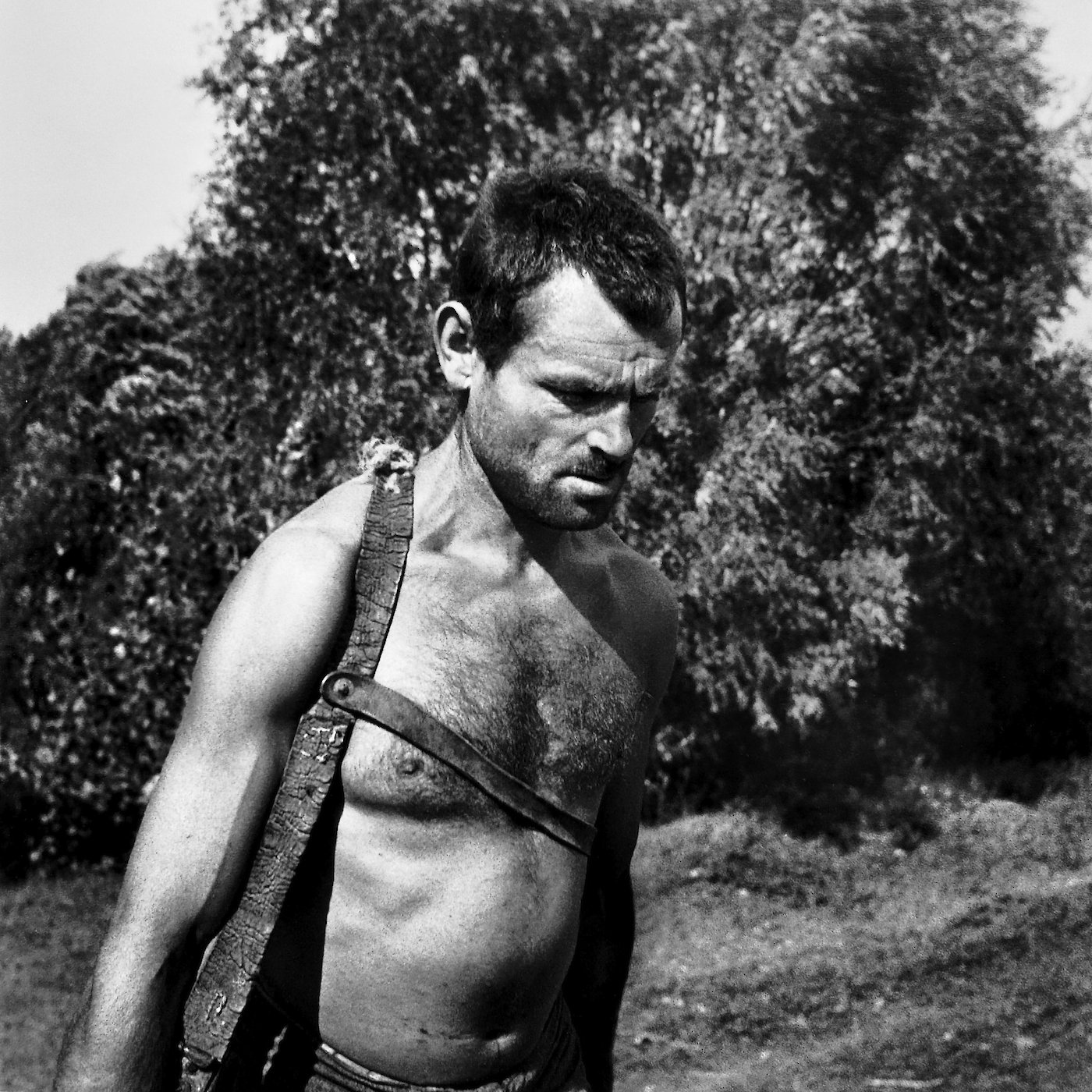Worker at the Drainage of the Tisza River
6 / 50 by Nicolás Muller, 1937

The worldwide influence of Hungarian photographers of the first half of the 20th century —Brassai, Capa, Kertész or Muller— is indisputable. Nor can we narrate the evolution of Spanish photography without the lucky presence of Nicolás Muller.
The photograph Worker at the Drainage of the Tisza River shows Muller’s work in his home country: Hungary. The wrinkled faces of the farmers and the unadulterated humanity that unmistakably breaks through.
Following the course of the Tisza River, the photographer immortalized the socio-economic reality that makes some of the country’s political parties uncomfortable for reflecting latent poverty. Muller also traveled through France, Portugal and Morocco as a chronicler of his time, until he finally returned to Spain in 1941.
In Spain he worked for, among others, the Revista de Occidente, surrounded by the intellectual environment of Ortega y Gasset and the Generation of ‘98. Ortega y Gasset said of Muller that he had “a tame light” and this statement hints at the importance of his work: handling the tools offered by photography with honesty, without interfering in the events portrayed, as the most accurate means of constructing reality.